Magazine
How Can You Determine Your Skin Type?

Men’s skincare is constantly evolving, and awareness is on the rise, but if you’ve decided to hop on the skincare train just recently (which every man over 30 should do), then knowing your skin type is crucial. In fact, it’s the basis to any type of treatment you might choose to adopt.
You may ask why is it so important? while it’s true that advanced skincare products, such as Particle for men was developed by leading biochemists to fit all skin types, your skincare routine includes a wide array of habits that should be taken into account; anything from the temperature of water you rinse your face with, through the method in which you dry your face, to the very items that come in contact with it. All these affect your skin in different ways, according to the type of skin you have. You’re definitely doing the right thing by starting to use a suitable cream for men, but you might be doing all the wrong things for your particular skin.
But not to worry, just before you rush off to your dermatologist for a checkup, here’s a quick and simply guide, that you can try at home, to help you identify your skin type.
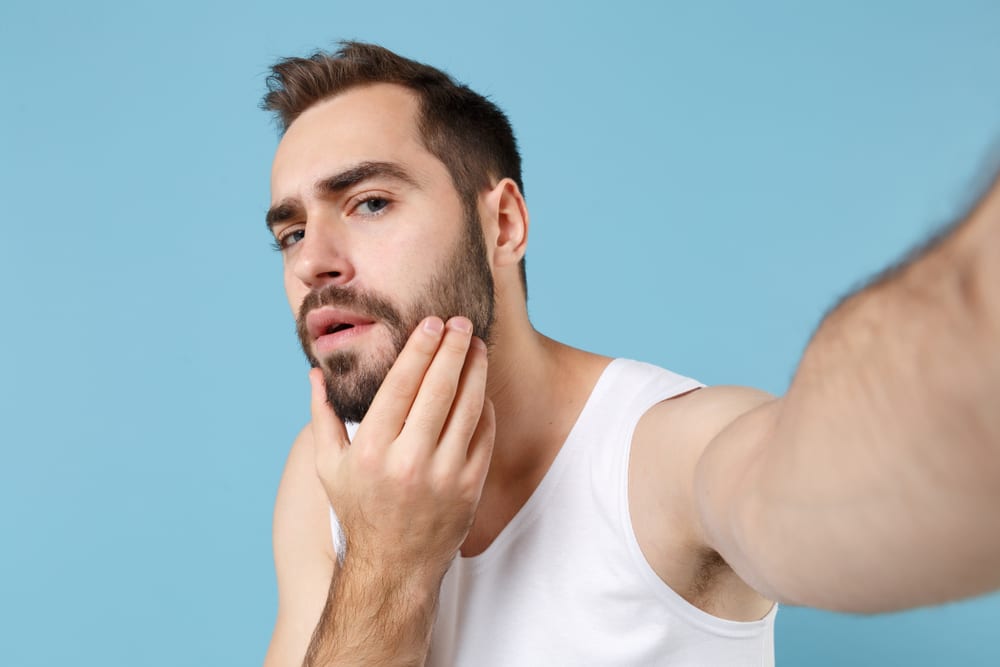
How can you identify your skin type
Rinse Any Skin Type
The first step is working with a clean surface. And yes, there’s a right way to wash your face. Using water too cold might shock your skin and cause your pores to close up, while using hot water might irritate your skin if you’re suffering from breakouts. The best way to go is lukewarm water. Also, you should rinse your face gently, rather than scrubbing it with sponges or different soaps (this applies to any skin type).
Once you’ve thoroughly, yet softly, washed your face, you should pat your face lightly with a clean towel, then wait for fifteen minutes. If your face feels tight, your skin is probably dry, however, if it’s too shiny, you might be suffering from oily skin.
Still Not Sure? Wait a Little Longer
Time can do wonders. So if you’re still unsure after the rinse test, you can try the blotting test. Once your face is completely dry, use a blotting paper or tissue to dab your face in different spots. In case you haven’t used blotting paper before, you should know how to use them, but more importantly, that they can be used to absorb the grease on your face and treat any glare.
Once you’ve completed patting key spots on your skin (such as your forehead), check the tissue or paper you’ve been using to see whether any oil rubbed off on it. If the paper is clean, you may either have dry or regular skin. But if the paper is slightly dark, you may have an oily skin or a combination.

Working with a clean surface is important
If All Else Fails, Trust Your Instincts
If the blotting method didn’t work for you, trust your touch. Wash your hands well (just to ensure that you won’t be transmitting the bacteria on your hands to your face) and after drying them, touch your skin lightly, with the tips of your fingers. If your skin feels tight, or perhaps becomes itchy to the touch, you probably have dry skin. However, if you have oily skin, your fingers will become oily and sticky too. In case you have normal skin, your fingers will glide easily over your skin, without leaving any excess on your fingers.
Also, while you’re at it, you can lightly pinch a small part of your cheek or chin. If you have oily skin, your finger will slip off and struggle to hold on. However, drier skin will wrinkle quickly and be easier to grasp.
You Know Your Skin Type – What’s Next?
There are a number of things that can influence your skin type, whether it’s pure genetics or your lifestyle, knowing what type you are can have an immense impact on the skincare choices you make. But whatever skin you may have, remember, you should always treat your skin with care – it deserves it.

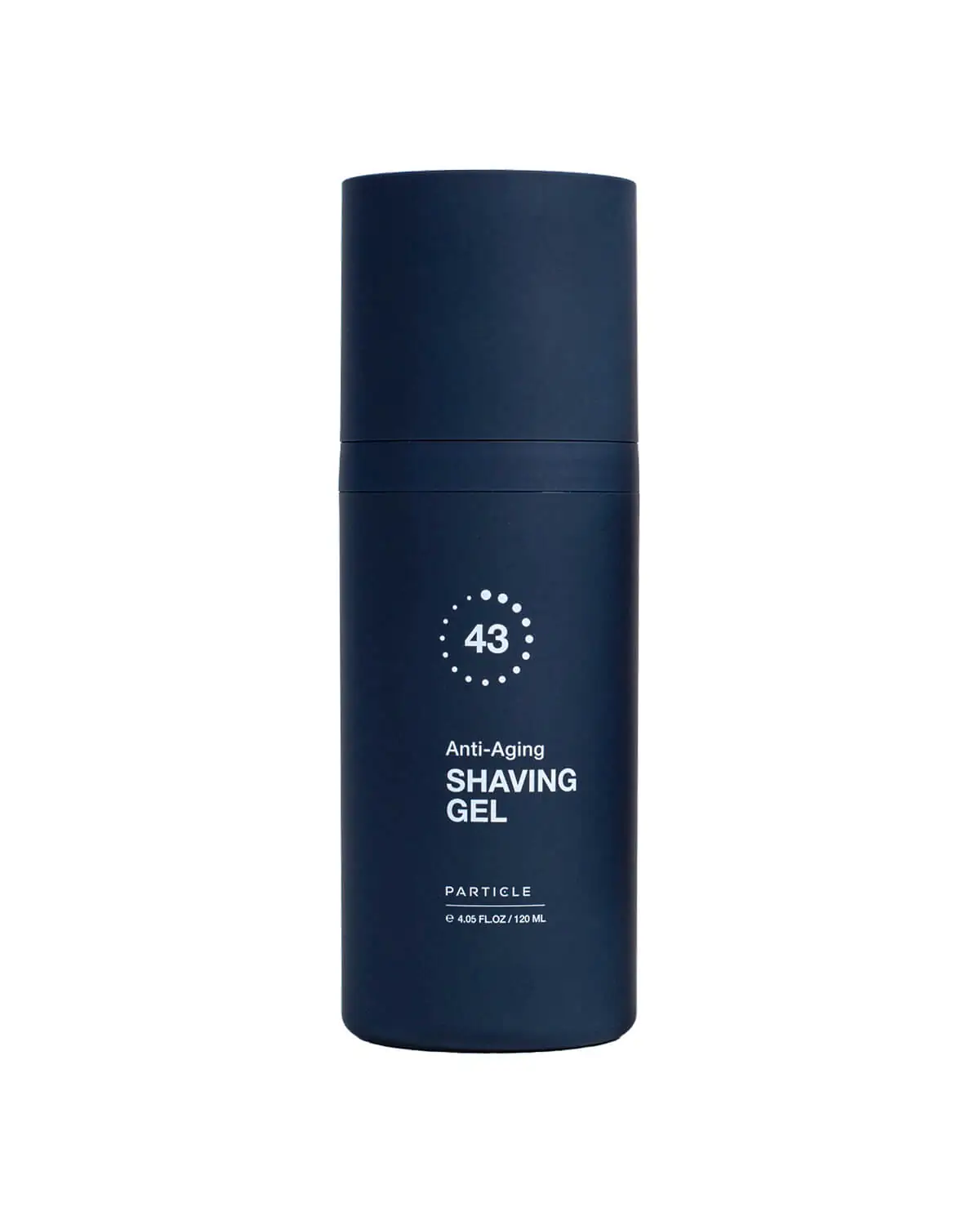
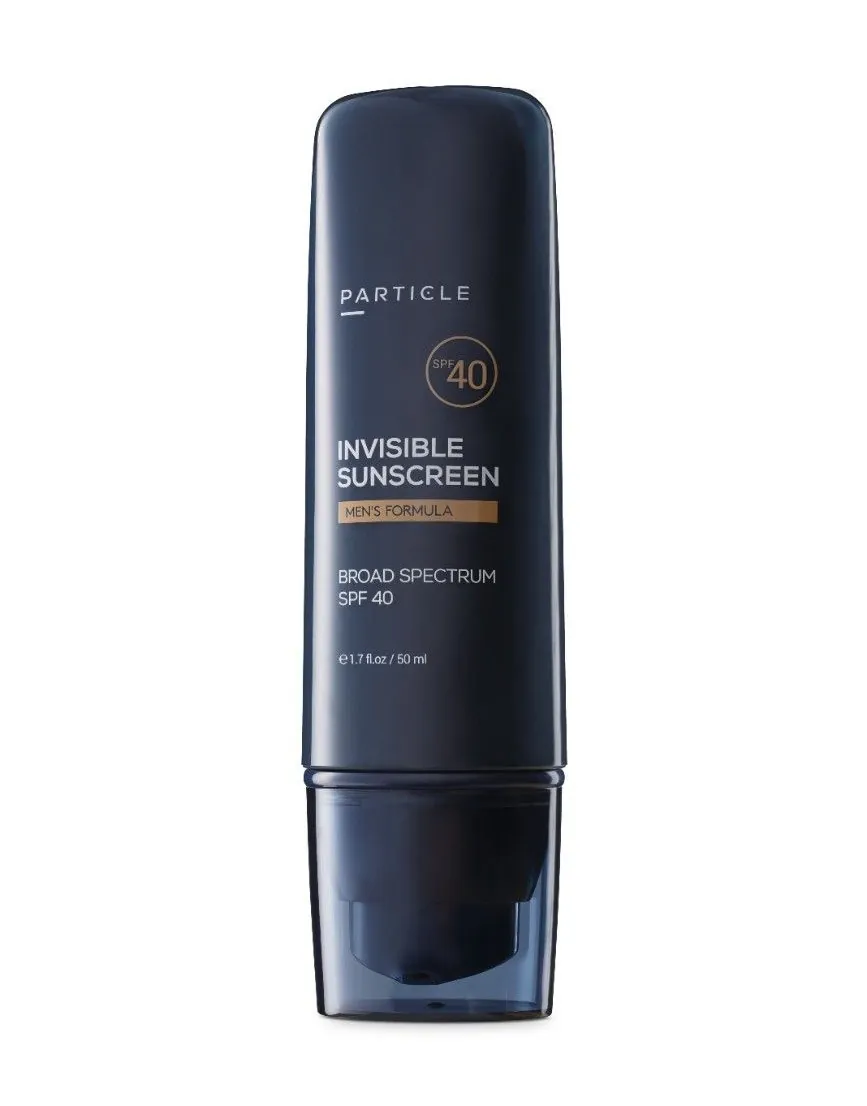
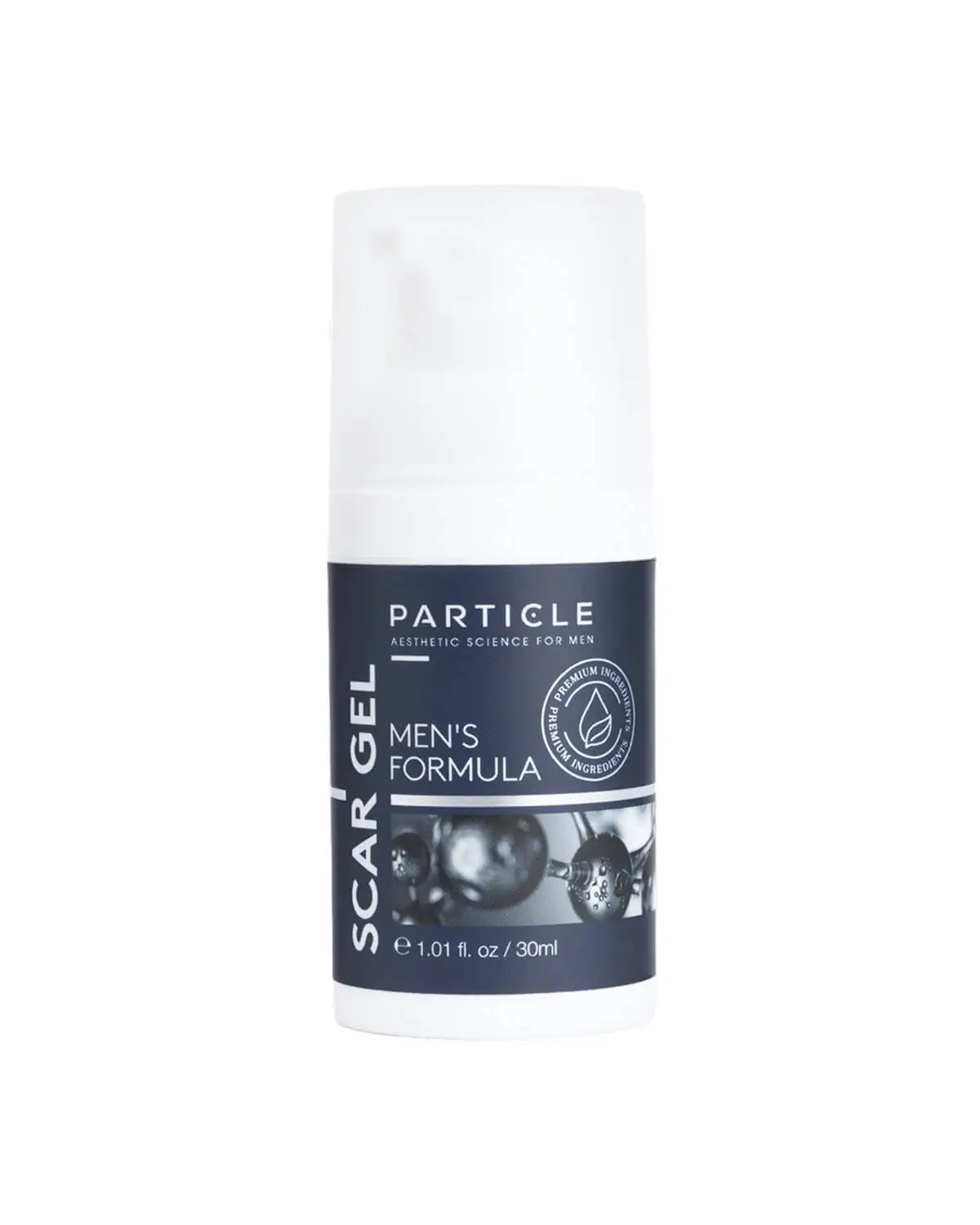
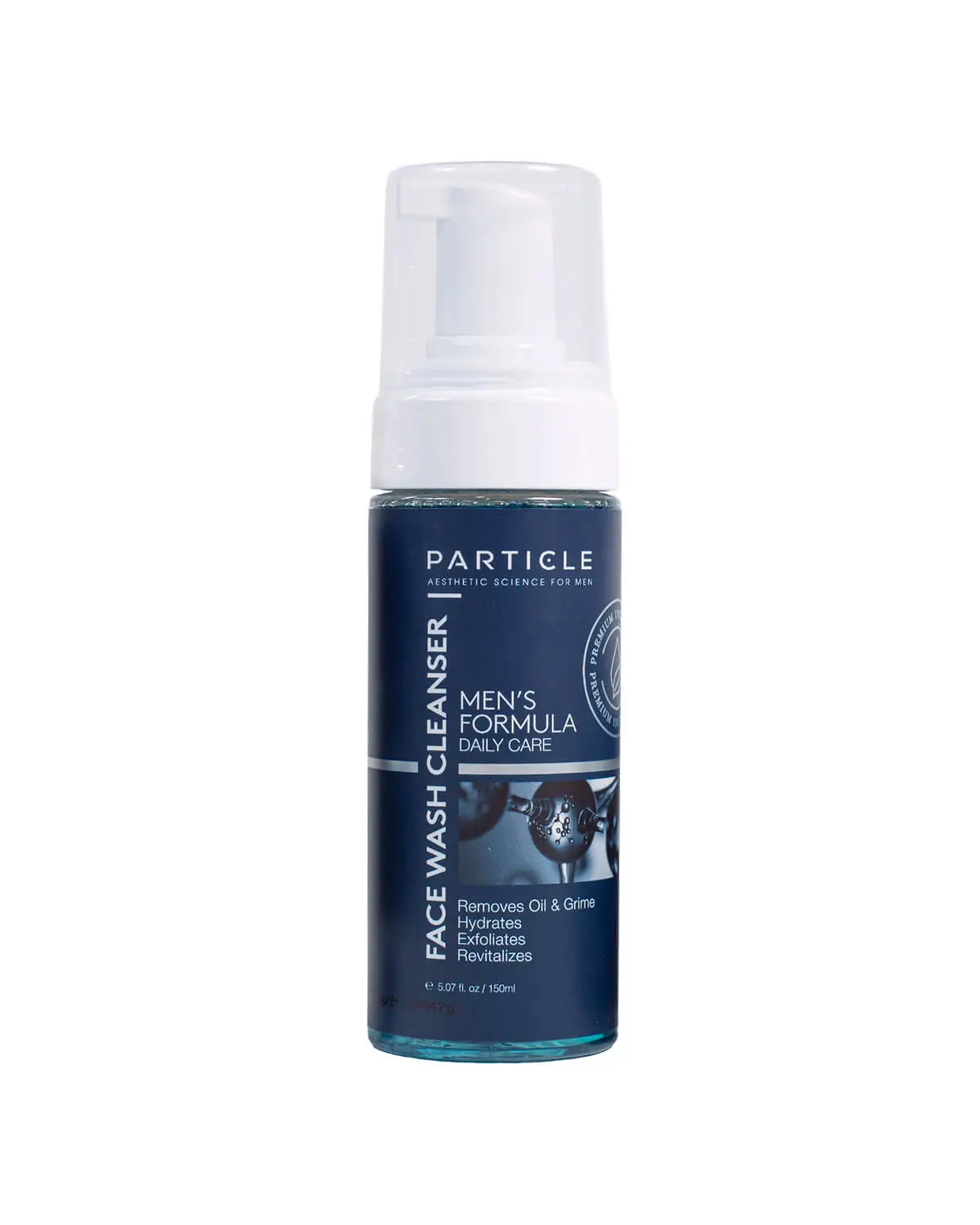
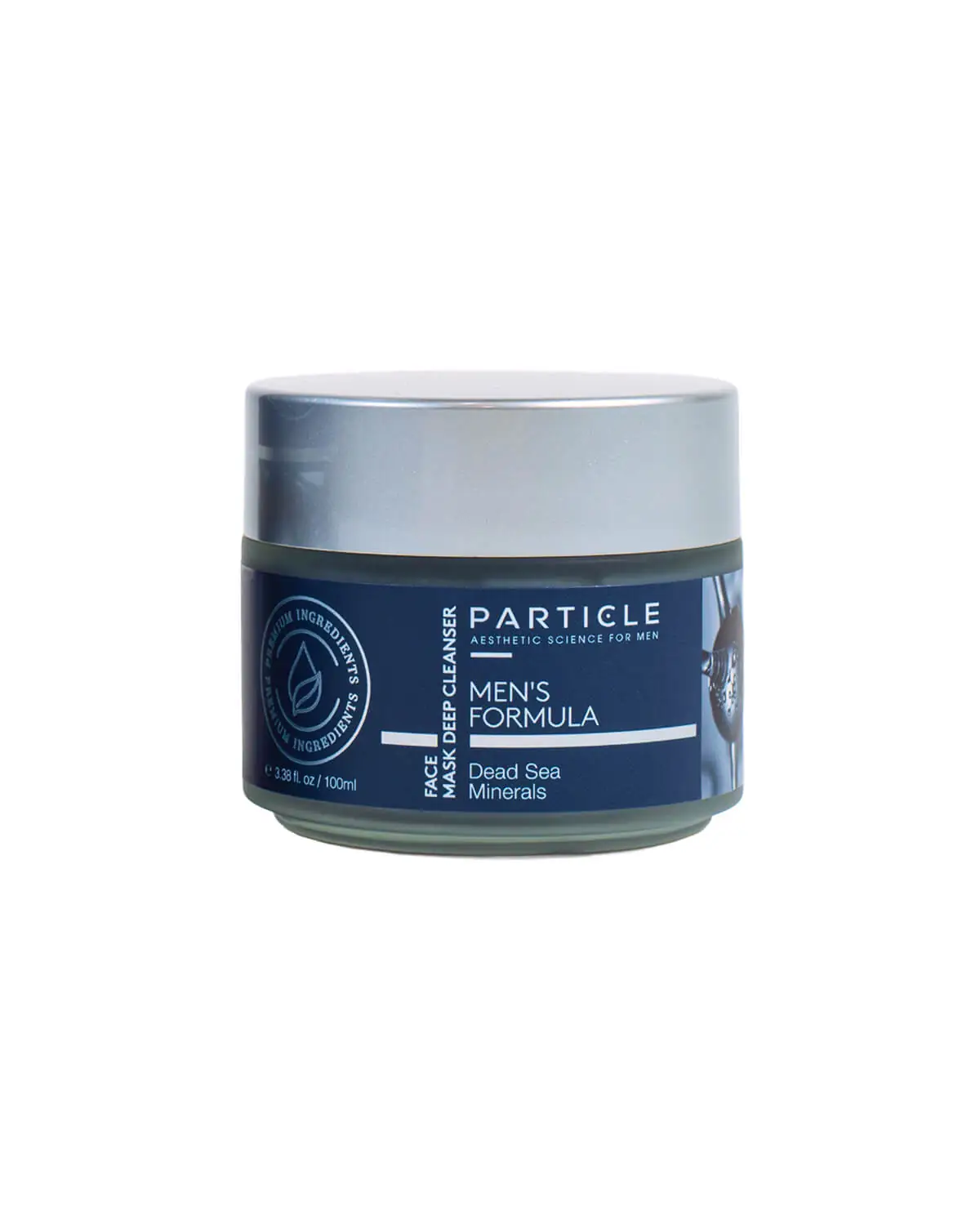
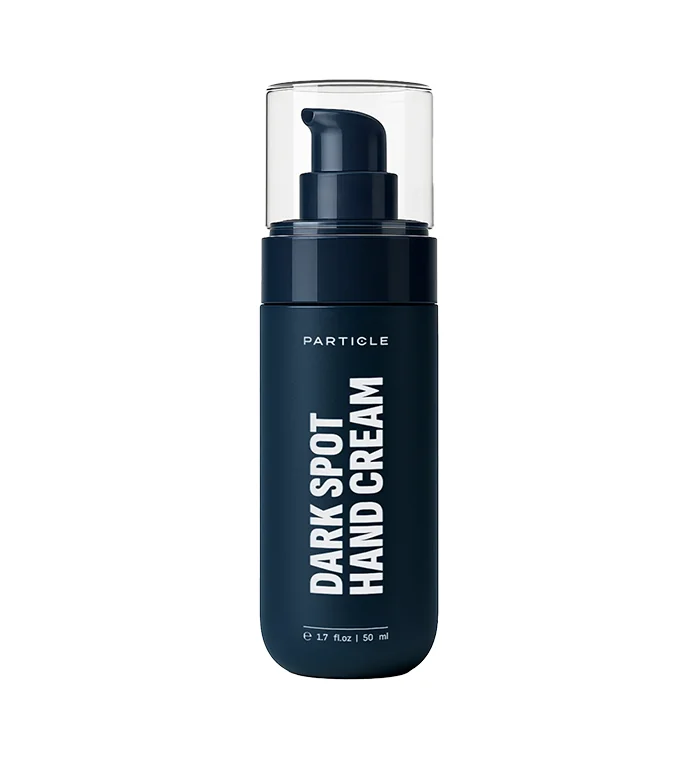
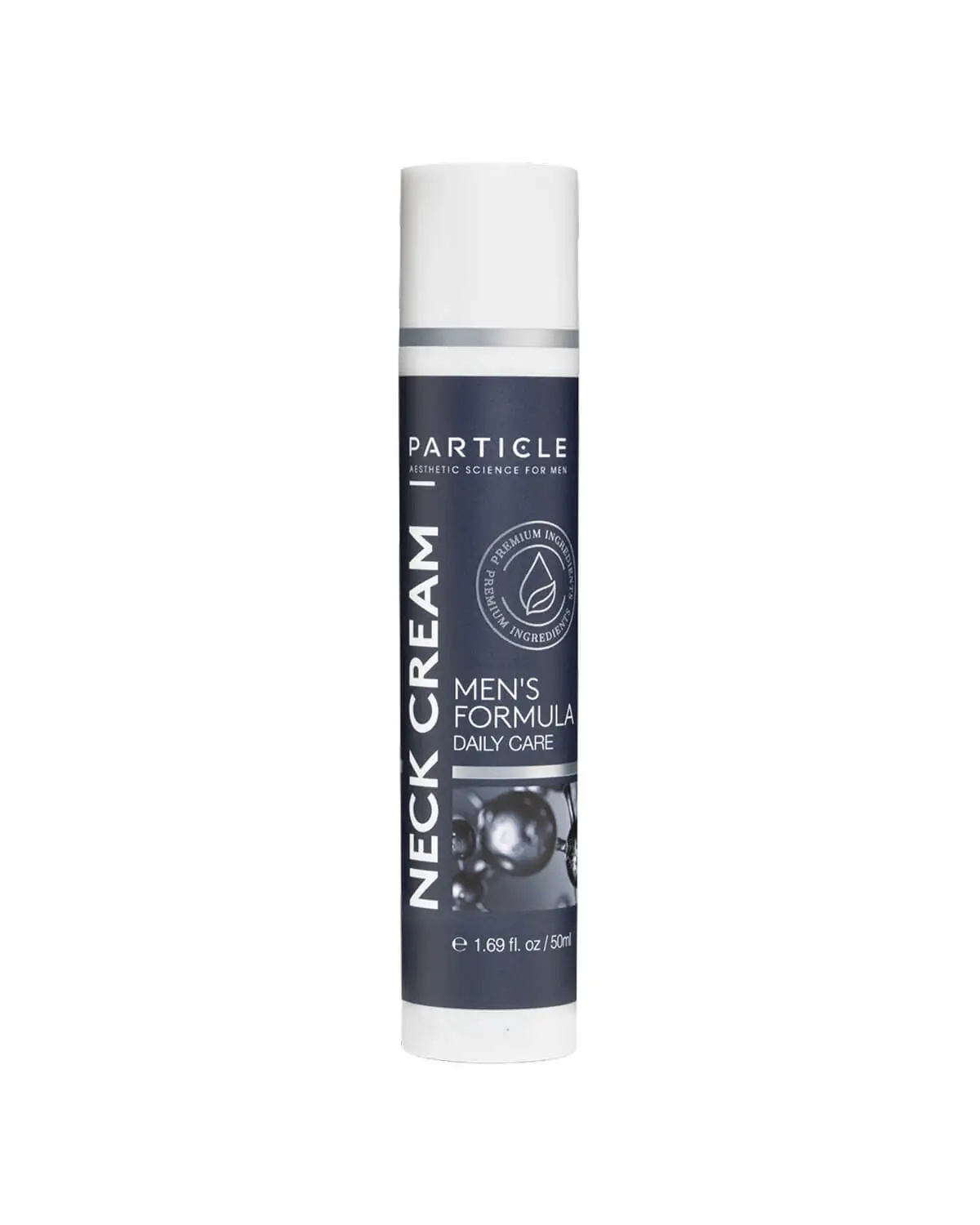
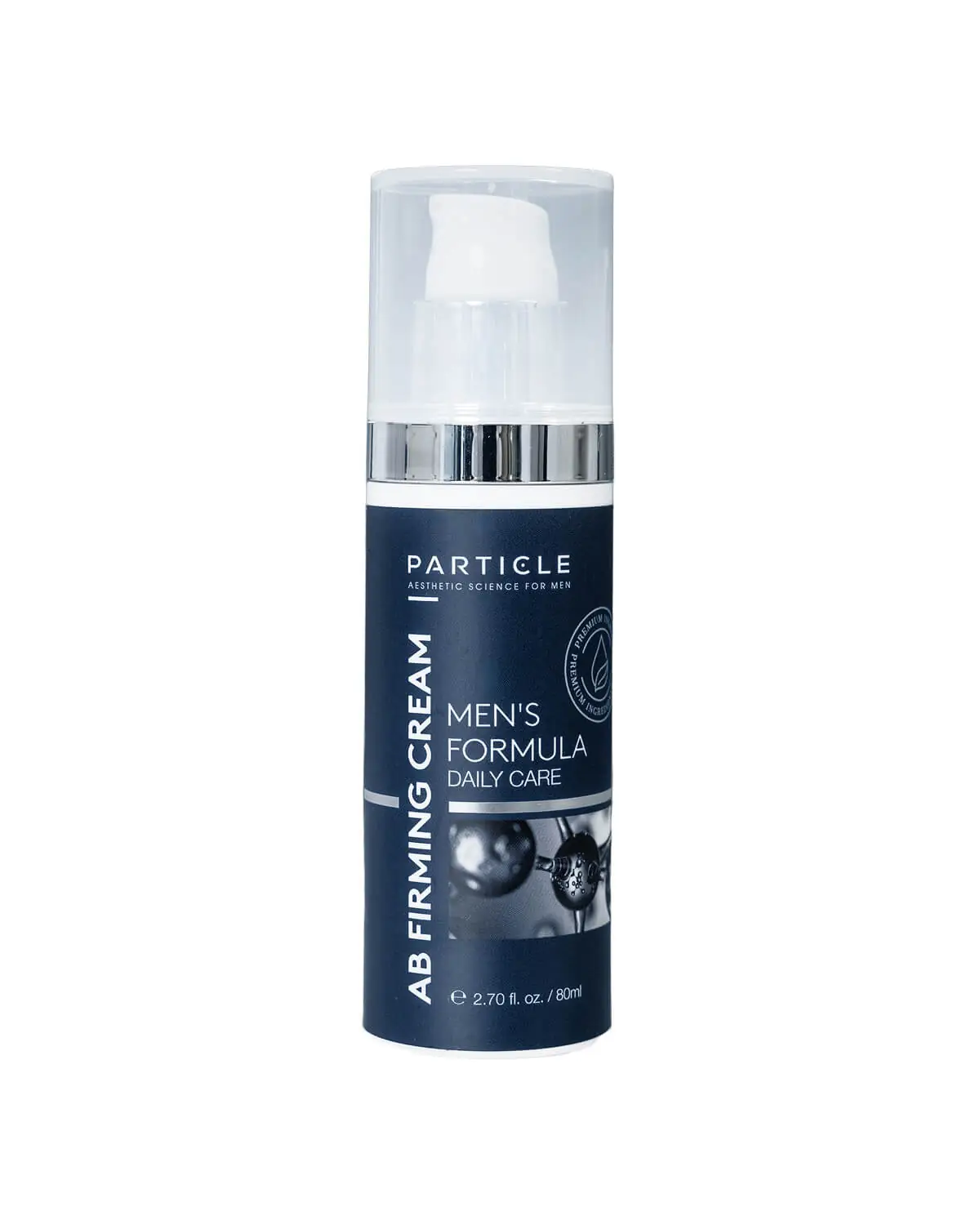
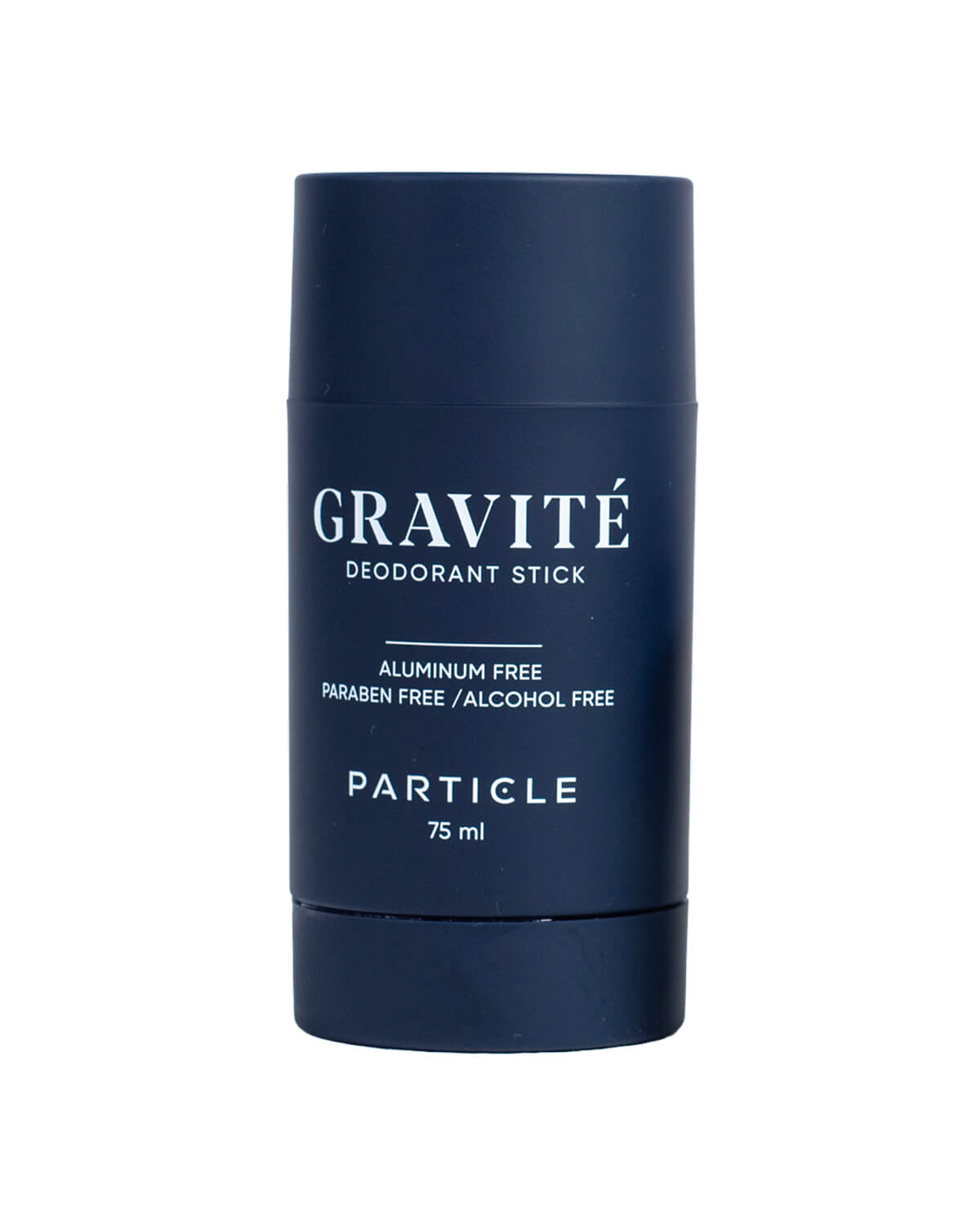
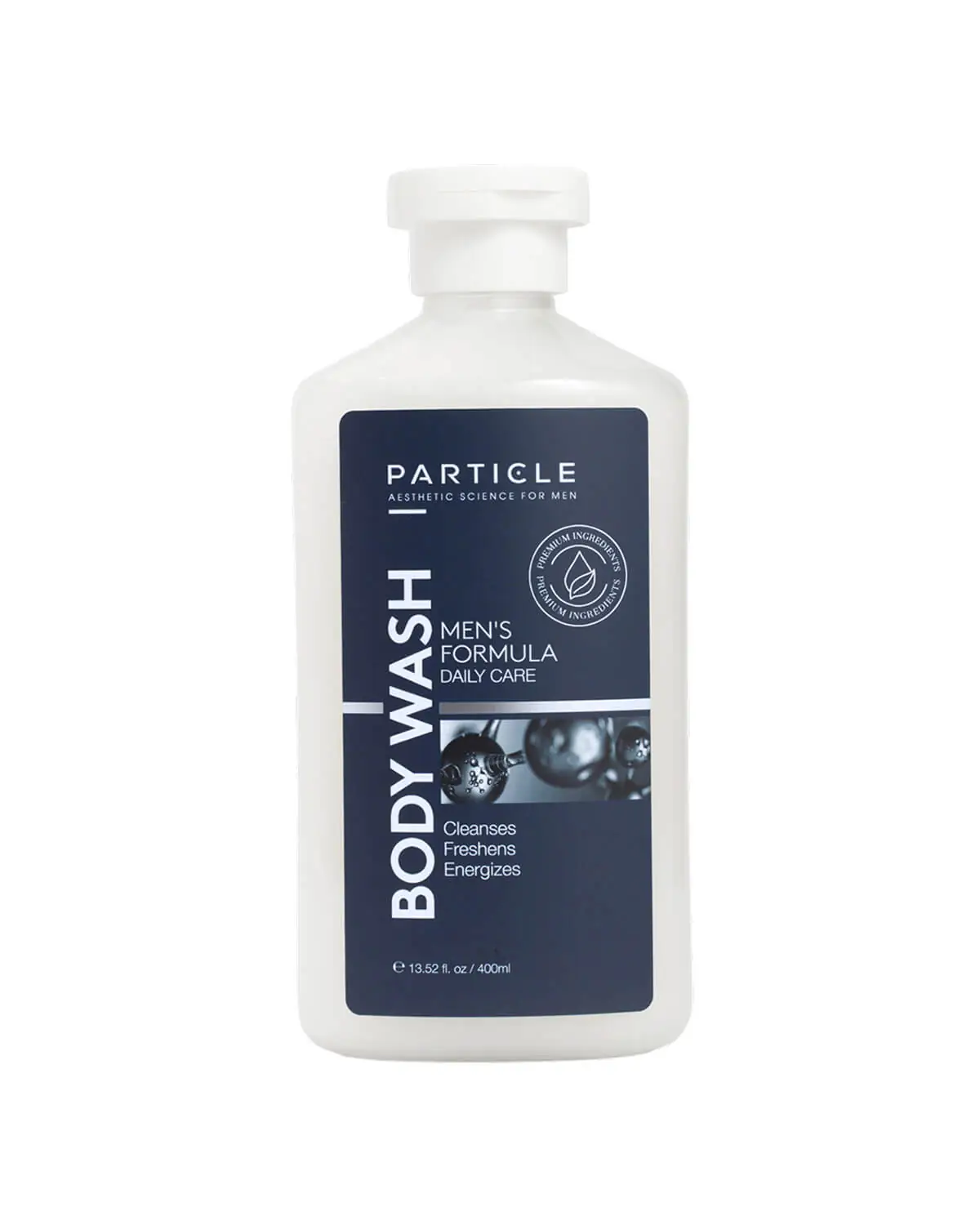


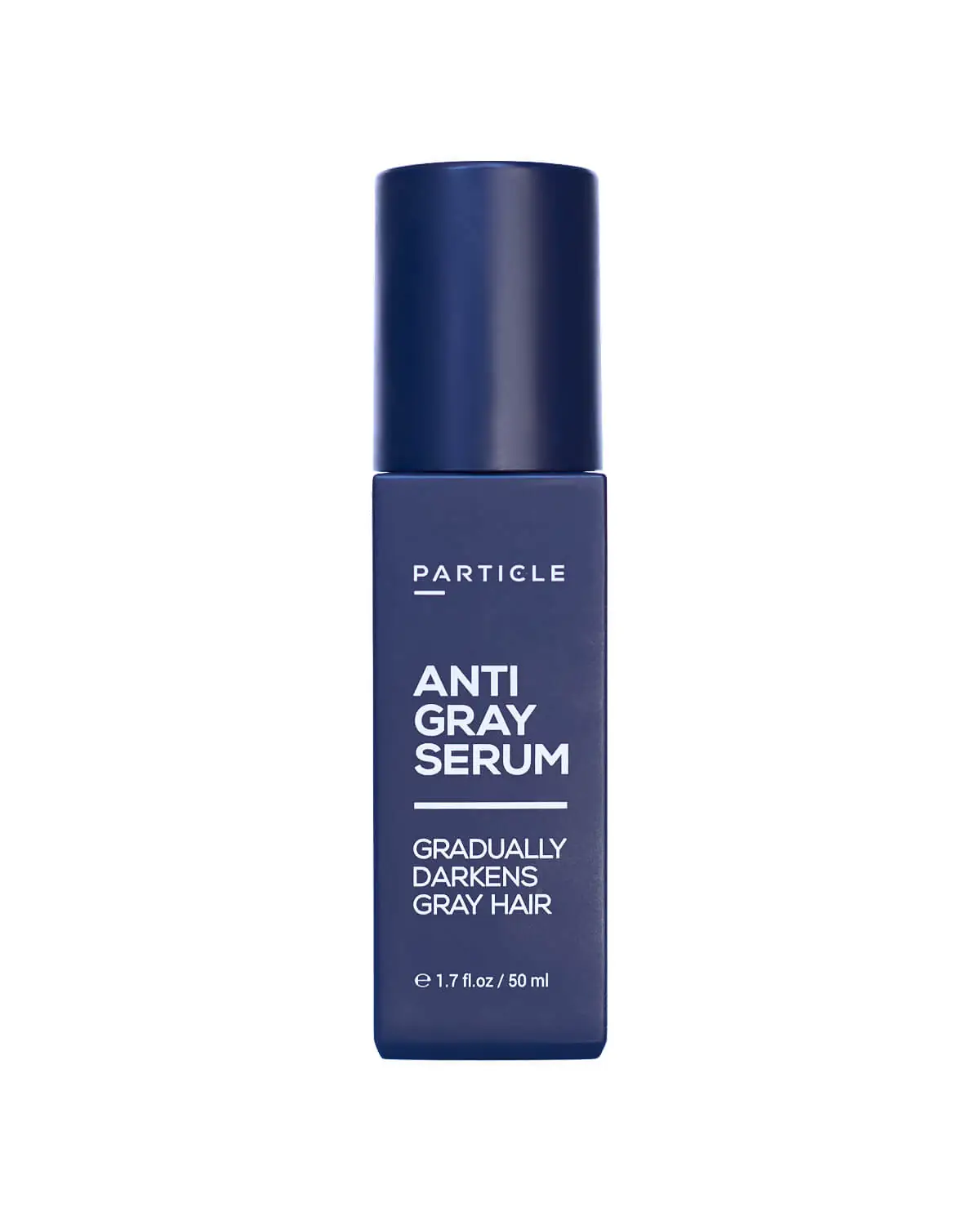
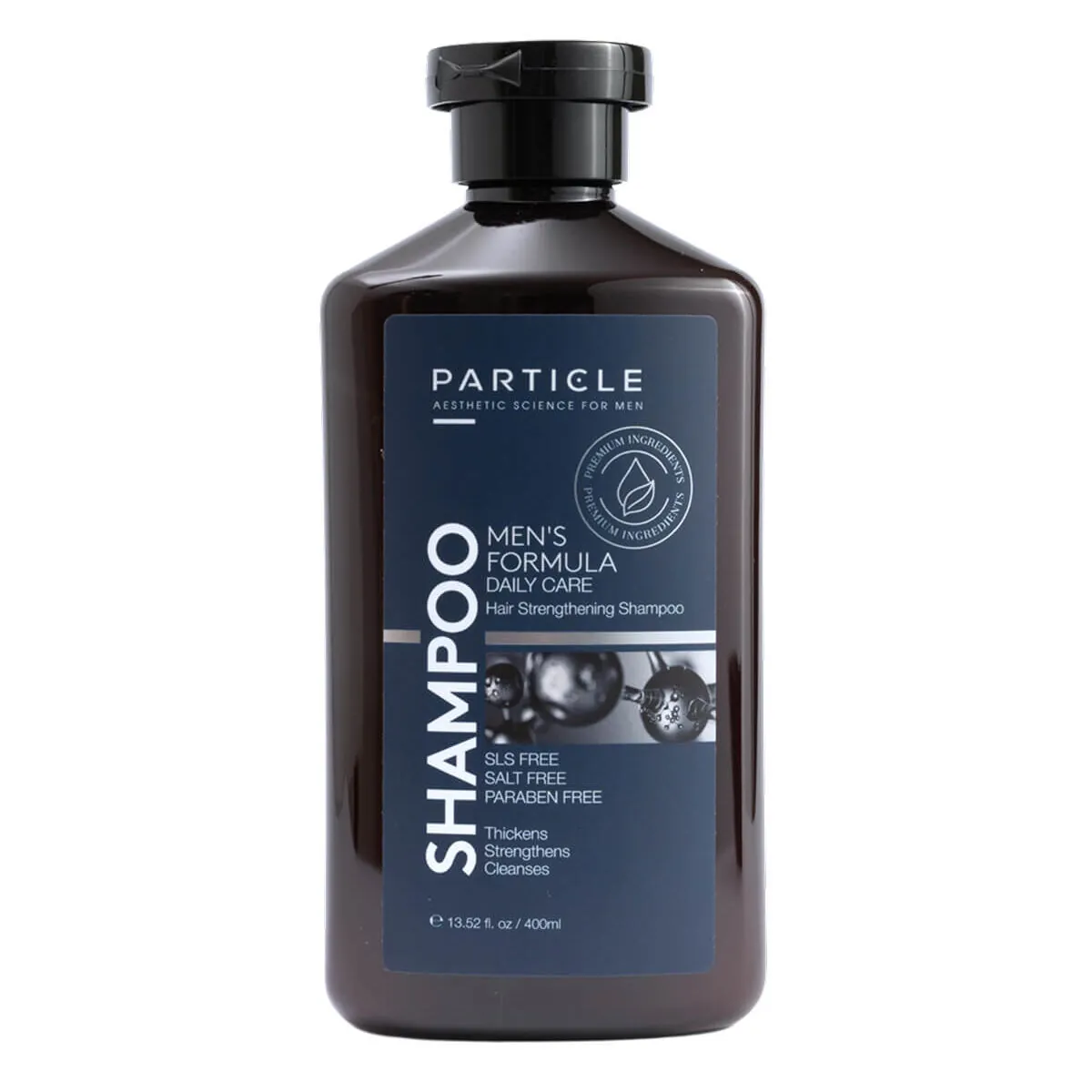
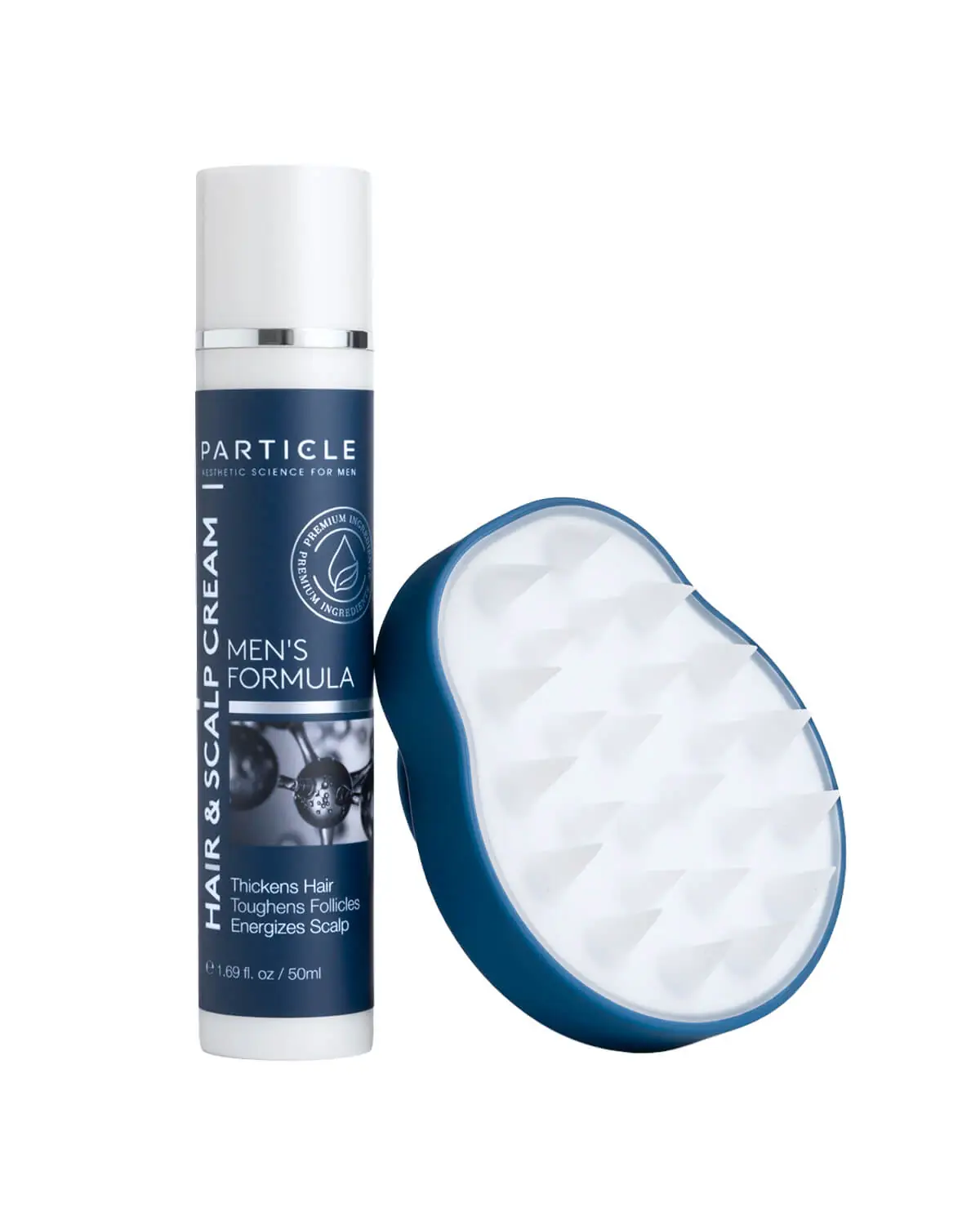
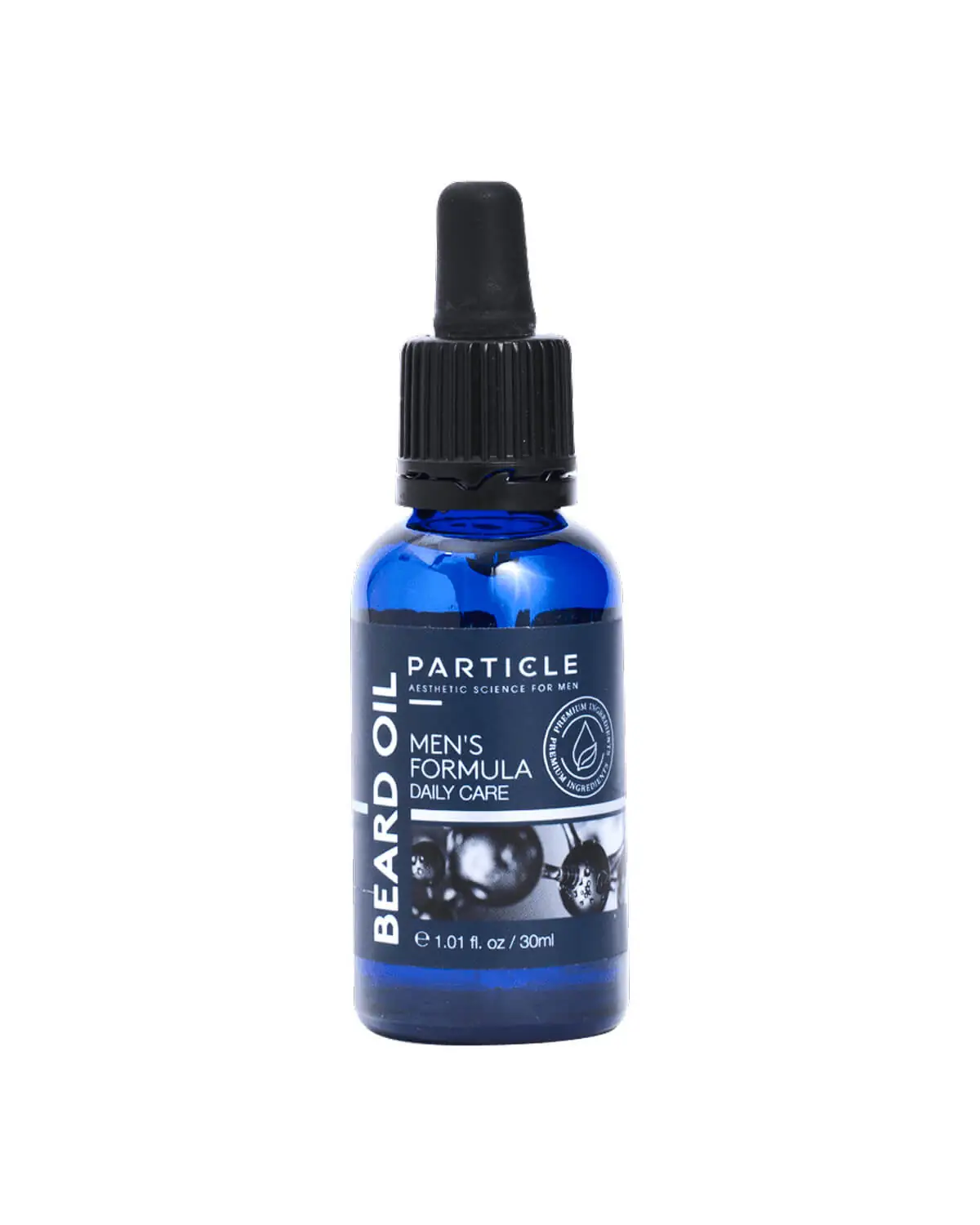
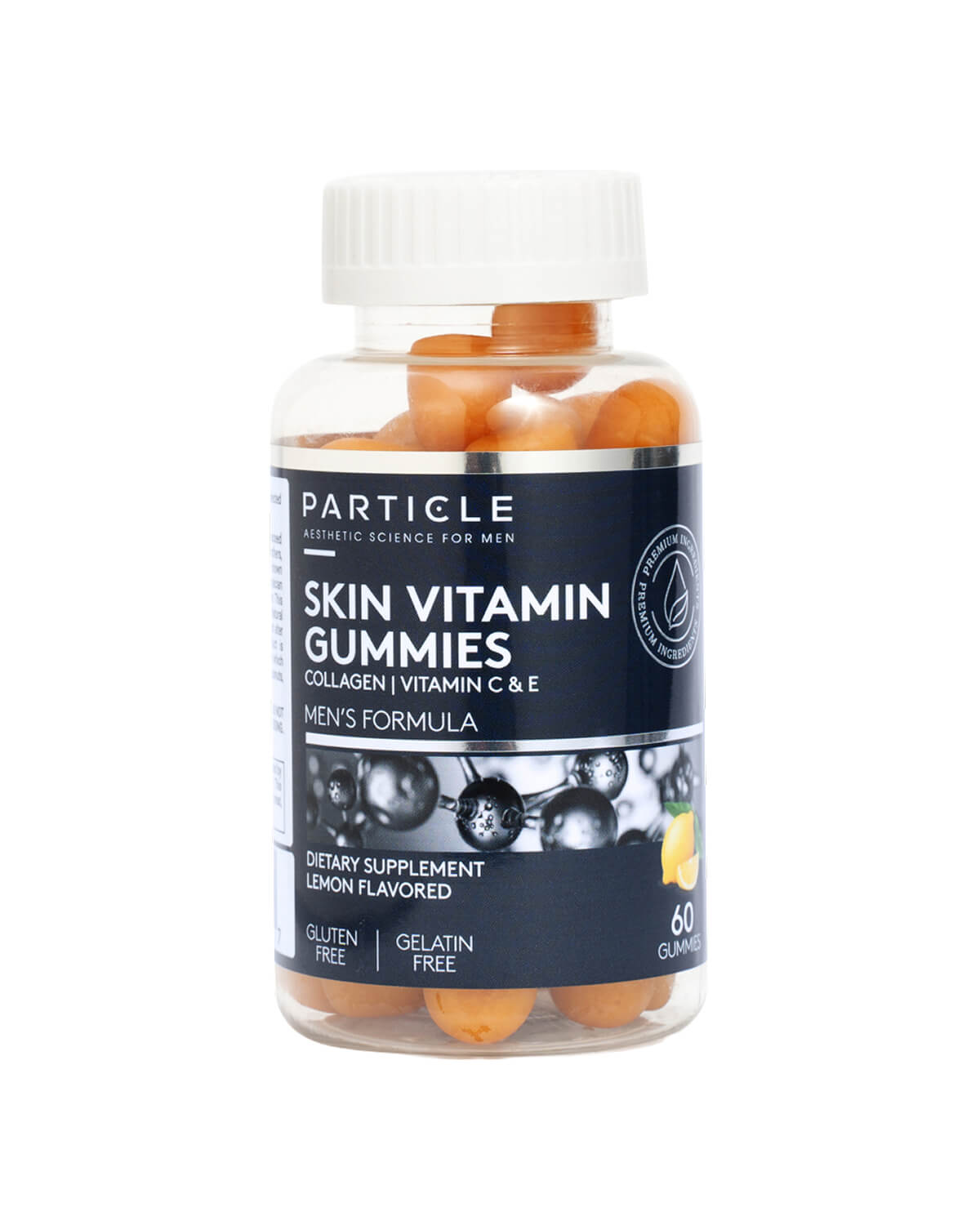
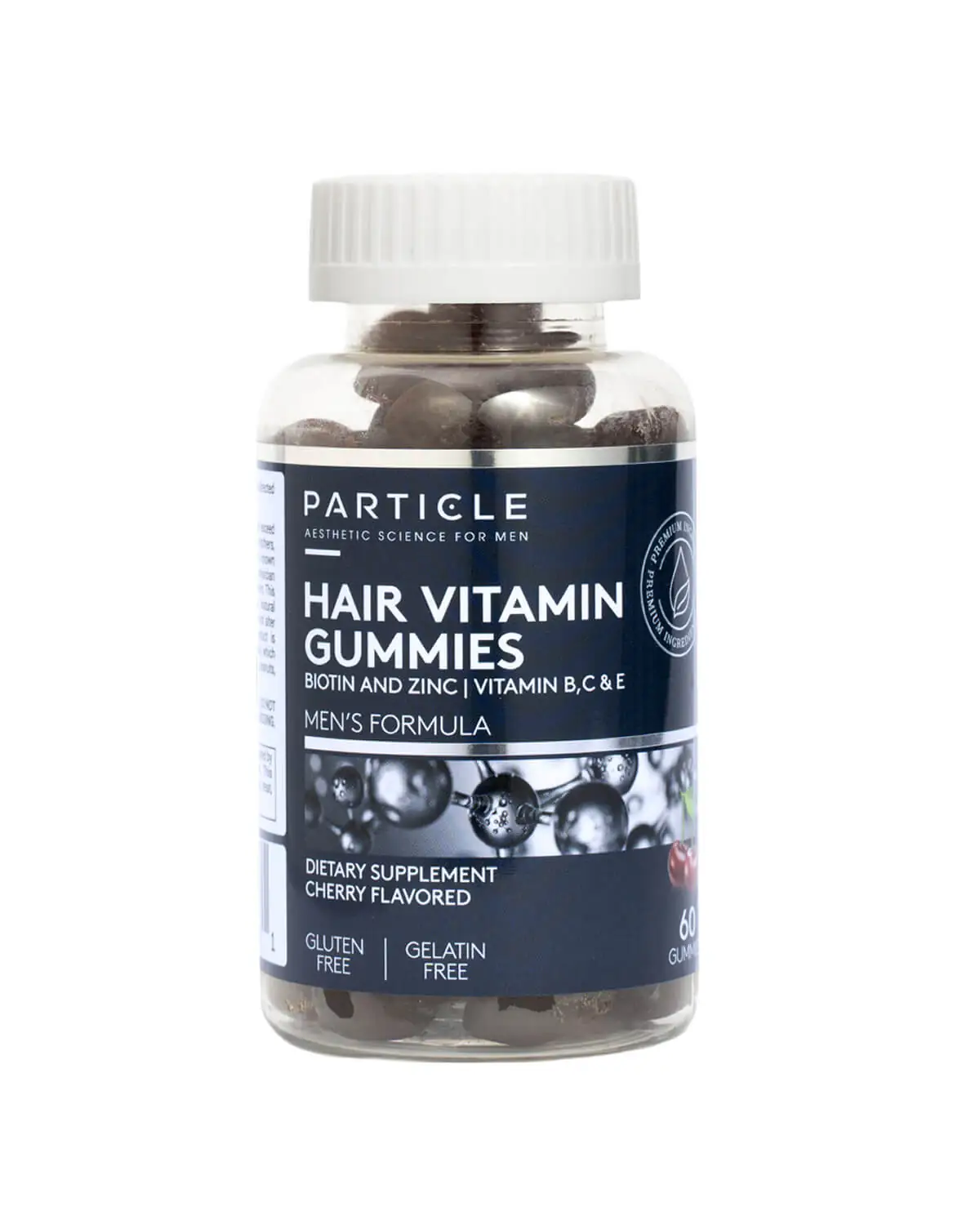
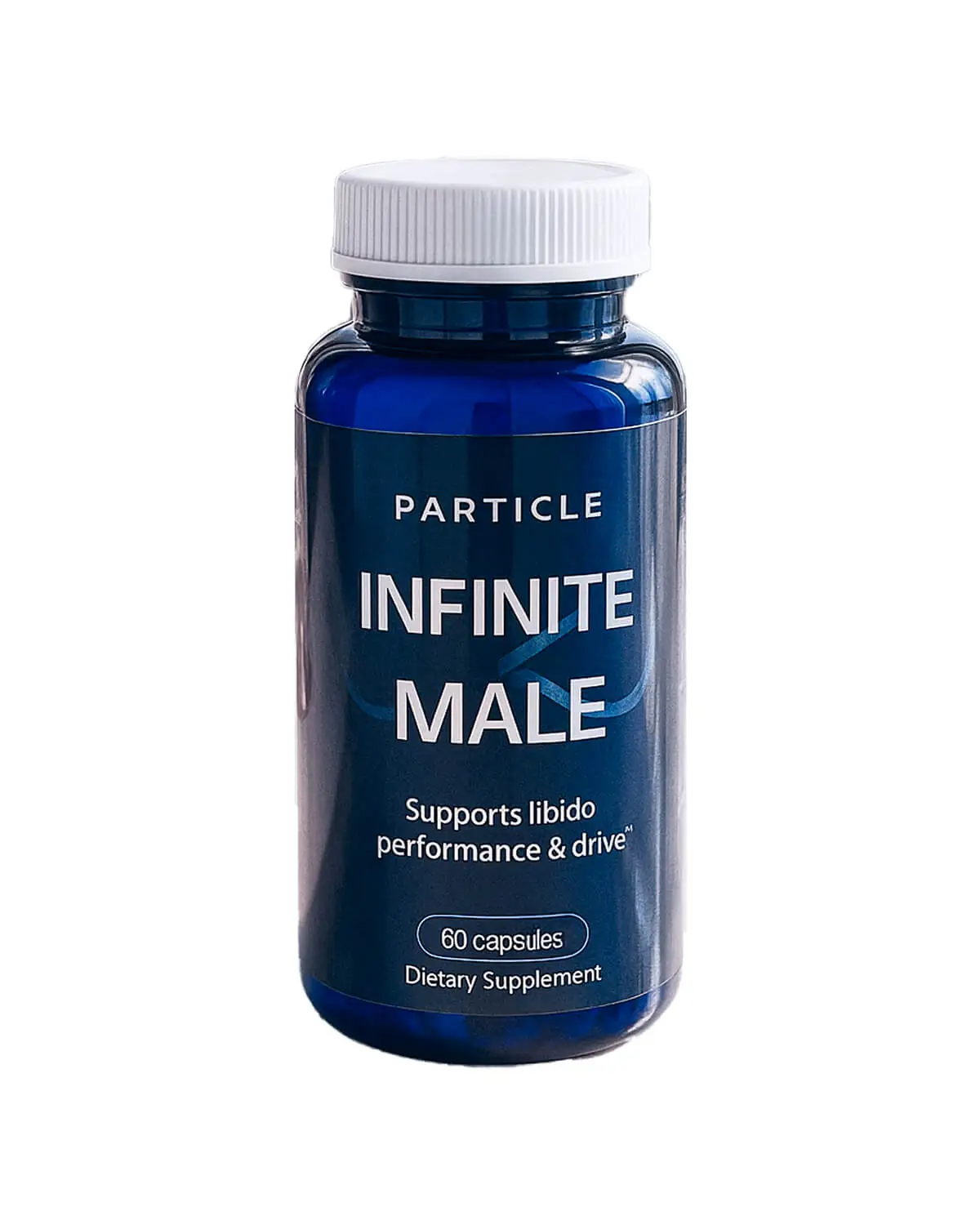

 en
en














